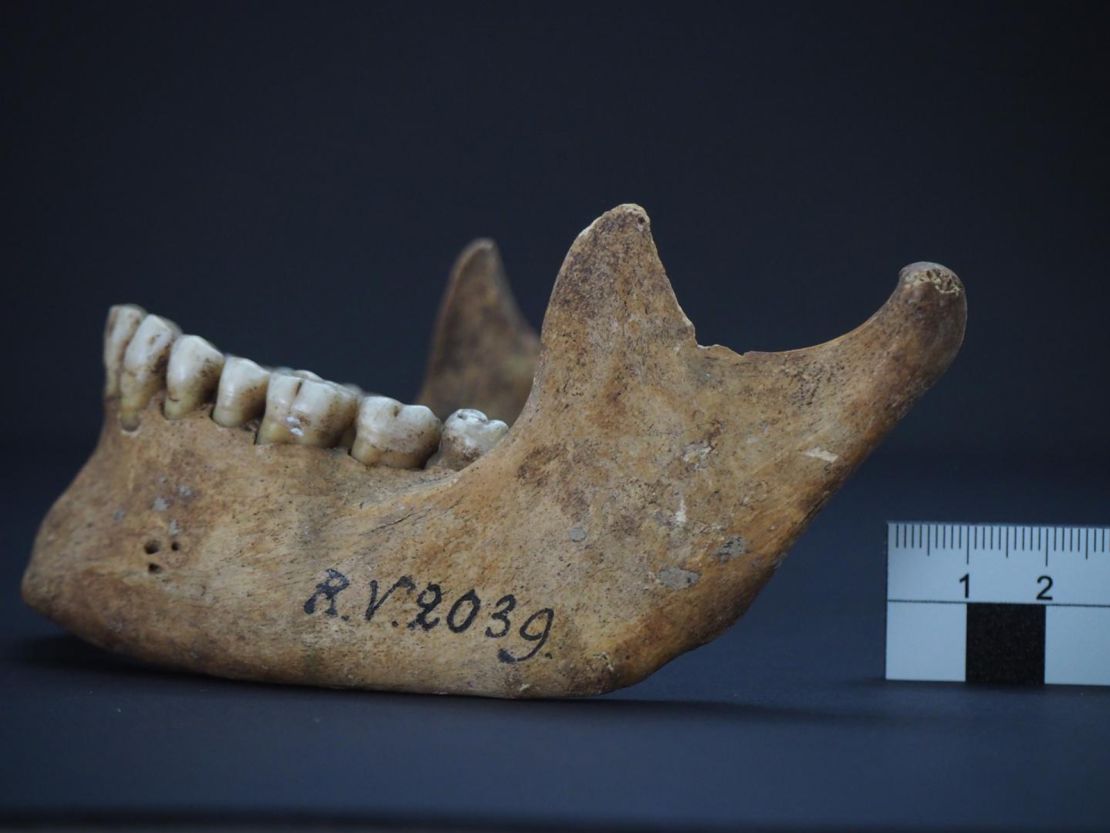Humanity has been ravaged by the plague – one of the deadliest bacterial infections in history – for thousands of years. Now, scientists have found an ancient strain of the bacteria in the world’s oldest known plague victim.
The disease may have killed almost half of Europe’s population during the Middle Ages, when it was known as the Black Death. It affects humans and other mammals, and is often transmitted to humans by fleas that live on rodents.
A joint German-Latvian research team detected the oldest known strain of the bacteria that causes the plague –Yersinia pestis – in the remains of a hunter-gatherer who lived in present-day Latvia 5,000 years ago.
The presence of the strain showed that the bacteria emerged thousands of years earlier than scientists had previously thought – shedding light on the early roots of the plague, according to a study published in the scientific journal Cell Reports on Tuesday.
The man, who was estimated to be aged between 20 and 30, likely died after he was bitten by a rodent carrying a strain of the bacteria, said the study. His skull was excavated in the late 1800s but vanished soon after. It was finally found in the collection of German anthropologist Rudolph Virchow in 2011.

Scientists were then able to study his remains, along with those of three other specimens from the same site, who likely all belonged to the same group of hunter-fisher-gatherers. The team tested samples from their teeth and bones to sequence their genomes and identify bacterial and viral pathogens.
Since the four sets of remains were so old, the DNA in the bones was only present in small fragments, the scientists said. They then had to meticulously reassemble the genome of the bacterium before they could analyze it and compare it with other ancient and modern Y. pestis strains.
They were stunned to find evidence of the plague-causing bacteria in the samples belonging to the 20 to 30-year-old.
“What’s most astonishing is that we can push back the appearance of Y. pestis 2,000 years farther than previously published studies suggested,” said lead author Ben Krause-Kyora. “It seems that we are really close to the origin of the bacteria.”
The researchers were able to determine that this strain of the Y. pestis bacteria may have been part of a lineage that emerged about 7,000 years ago. They also found something that set this older strain of the plague apart from its later variations: It was not transmissible to humans through fleas, unlike its more modern counterparts.
This meant the strain may have been less contagious, the researchers said, noting that the presence of the bacteria only in the remains of the 20 to 30-year-old and not in those buried near him appeared to rule out a deadly community infestation.
These findings may suggest that the infections caused by Y. pestis used to occur in small isolated cases, and evolved to its medieval and modern forms alongside the growth of the human civilization and development of bigger cities after this period.
These conclusions – that the early form of the plague was likely a slow-moving disease that wasn’t as transmissible – cast our known histories in a new light, especially regarding the development of human civilization in Europe and Asia, said a press release by Cell Reports.
For instance, it contradicts hypotheses that Y. pestis emerged from megacities that only developed after the hunter-gatherer’s lifetime, or that it may have caused large population declines in Western Europe at the end of the Neolithic Age.

